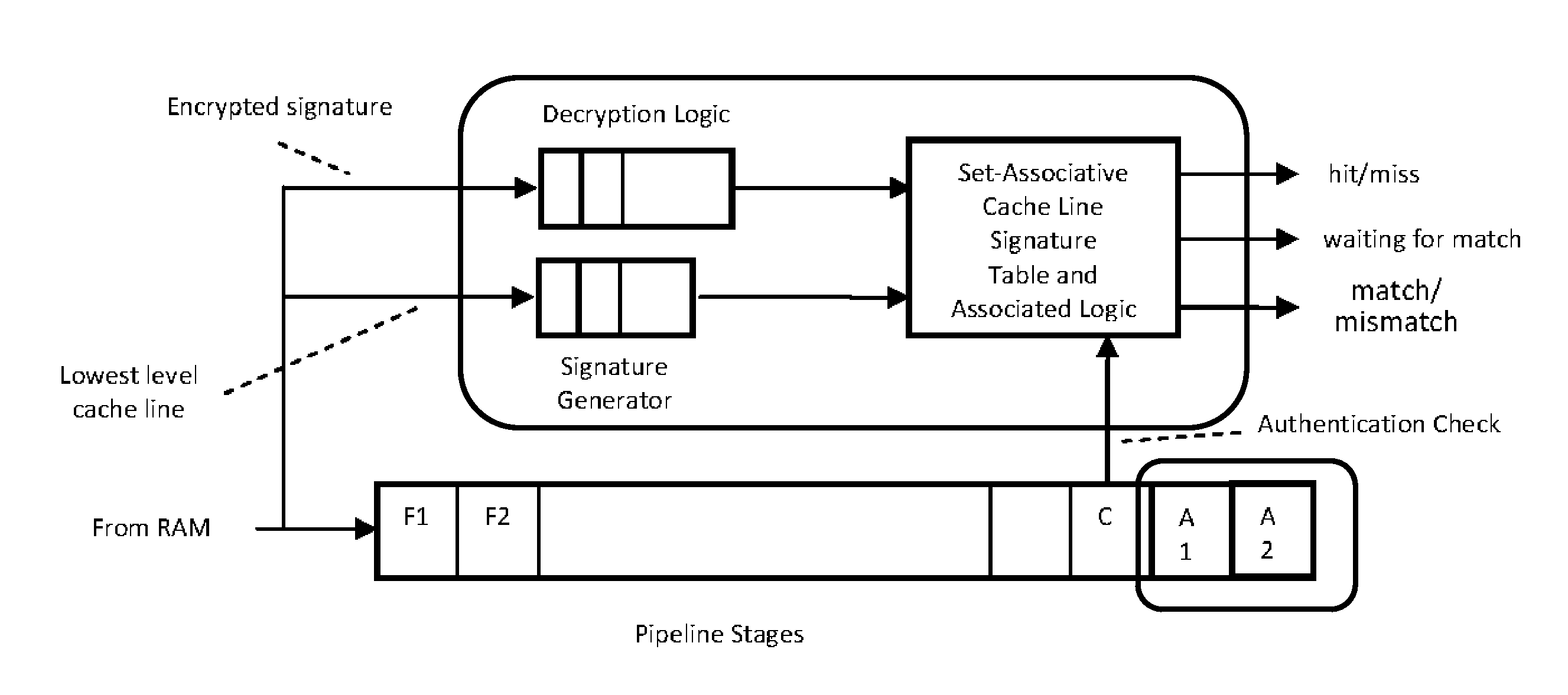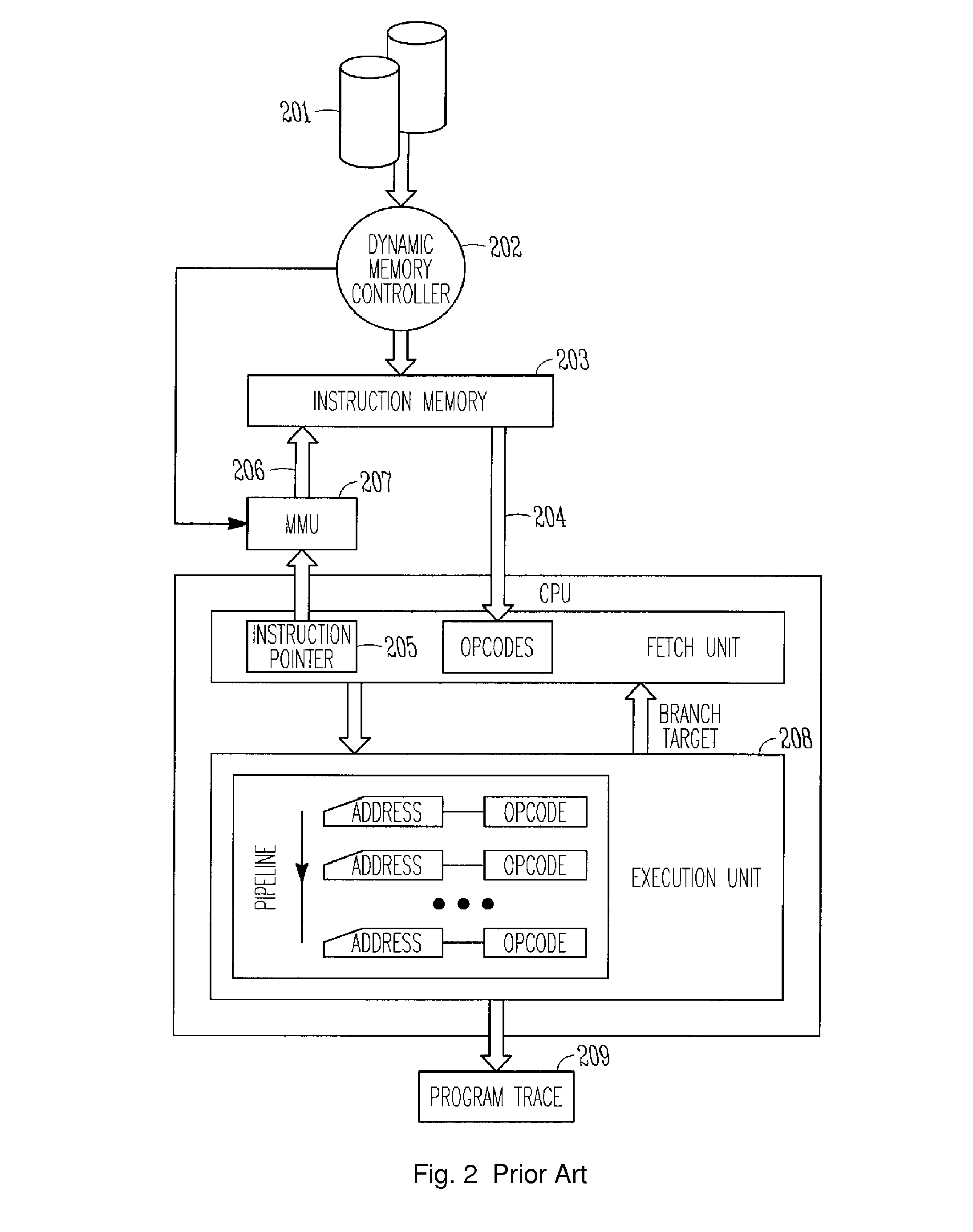Current computer systems are highly vulnerable to
cyber attack.
The number of attacks and the financial losses due to those attacks have risen exponentially.
Despite significant investments, the situation continues to worsen; novel attacks appear with
high frequency and employ increasingly sophisticated techniques.
These attacks stem from the fact that current computer systems cannot enforce the intended
semantics of their computations.
In particular, they fail to systematically enforce:
Memory safety,
Type safety, The distinction between code and data, and Constraints on information flow and access.
These properties are not systematically enforced today because they are not: Systematically captured during the
design process; Formally analyzed or verified during design and implementation; Captured or enforced by common
system programming languages (e.g., the
C programming language); and Represented explicitly within the runtime environment of the system and therefore cannot be enforced dynamically by either hardware or
software techniques.
Consequently, a single penetration into the kernel gives the attacker unlimited access.
Since the cost of switching into kernel mode is high, there is a tendency for system programmers to move increasing amounts of functionality into the kernel, making it even less trustworthy and exposing an even larger
attack surface.
Current computer systems are not resilient to attacks.
They lack the means to recover from attacks either by finding
alternative methods for achieving their goals or by repairing the resources corrupted by the
attack.
They also typically lack the ability to diagnose the underlying problem and to fix the vulnerabilities that enabled the
attack.
Once a
machine is corrupted, manual repairs by specialized personnel are required while the forensic information necessary to affect the repair is typically lacking.
A single network-based attack can therefore spread rapidly and affect a very large number of computers.
Thus, while the TMP provides secure
data processing, it does not address insecurities in moving instructions to the processor, and is susceptible to instruction injection type attaches, and likewise introduces significant latencies.
However even where a TPM is used, a key is still vulnerable while a
software application that has obtained it from the TPM is using it to perform
encryption / decryption operations, as has been illustrated in the case of a cold boot attack.
The
trusted hardware device is tamper-resistant, difficult to
forge and inaccessible to other functions of the platform.
Following an attempt to execute a secured program, a system management interrupt is generated.
This not only complicates
memory management, but complicates debugging executing software as the
program code stored in any particular physical memory location might be from any number of different pages with different virtual addresses.
In either case, it can be difficult to later determine which program instructions from storage 201 were present in the virtual or
physical address locations recorded, such as when a program has completed execution or has reached a
breakpoint in the debugging process.
But, because the address is not necessarily unique to a particular
program instruction, false breaks in program execution can occur before the desired
breakpoint is reached when using such methods.
This solution is inconvenient if the program is relatively long, as several false program halts can occur before the desired
breakpoint is reached.
It remains problematic in applications where the program can't be stopped in certain points, such as in the engine control and industrial
process control examples discussed earlier.
This approach becomes impractical when relatively large numbers of pages are swapped in and
out of memory, or when the size of data blocks swapped in and
out of memory is relatively small.
It is also problematic in that it requires additional logic and synchronization to track loading data into memory, particularly if the data is not loaded by the processor but is loaded by a
direct memory access (DMA) controller or another such component.
Although simply recording all instructions executed in order would reveal what code is actually executing, recording all executed instructions would require an undesirably large amount of storage space and is not a practical solution.
 Login to View More
Login to View More  Login to View More
Login to View More 


